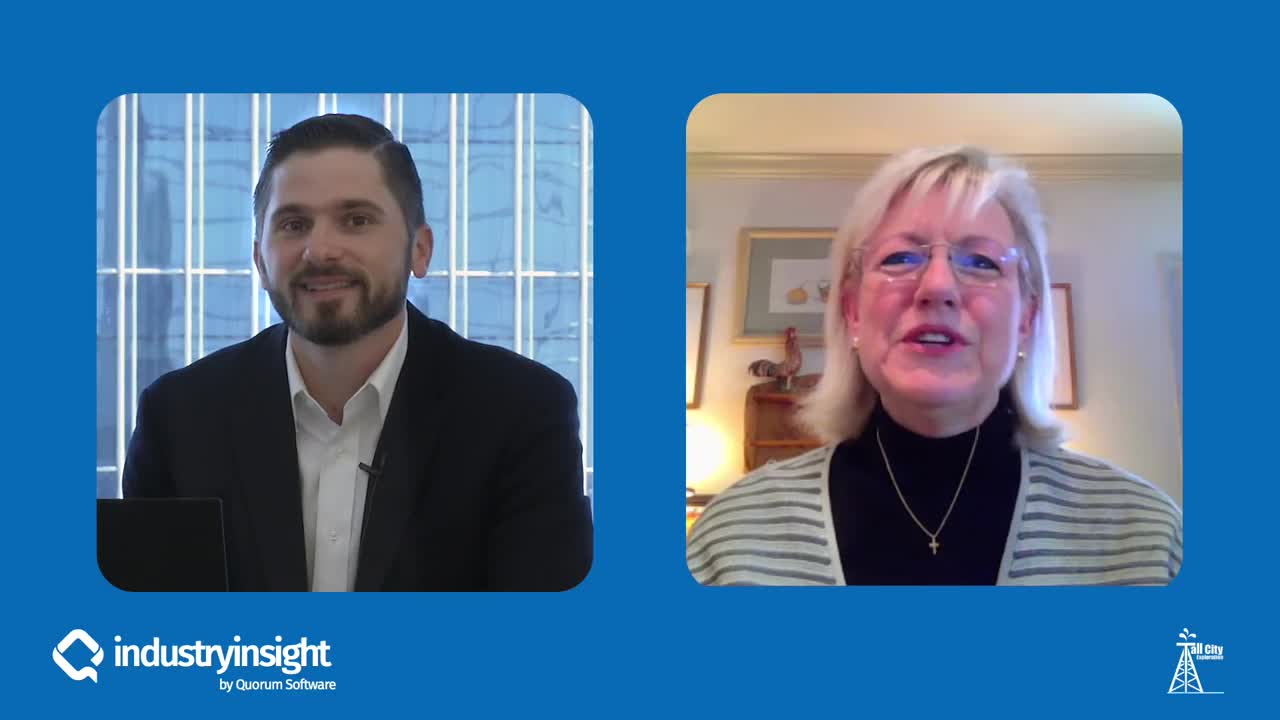Industry Insight Series Part One: Tall City Exploration
Demonstrations and datasheets are good avenues for learning about technology, but gaining first-hand knowledge adds much-needed context. Take an example from everyday life. Consider the Moylan arrow. It has been ubiquitous since the early ‘90s, but most people reading this article are probably puzzled.

Best known as “the little arrow that tells you what side the gas tank is on,” the Moylan arrow is one of the lesser-known yet incredibly useful user interface features on a car. But think back to your most recent test drive. Did the demonstration uncover this useful data nugget? Perhaps you read about it in the car manual?
According to legend (i.e., Wikipedia), designer Jim Moylan invented the use of the icon and arrow. Here’s the origin story from car news and opinion website Jalopnik.
“The idea came to Moylan in April of 1986, who had to fill up a Ford company car in the rain, and was frustrated when he got soaked because he picked the wrong side. He wrote up a memo with the idea, sent it off to his bosses, and that’s pretty much how it happened.
The bosses saw the value in the (pleasingly cheap-to-implement) idea, and in 1989, the Ford Escort and Mercury Tracer became the first cars to have the little fuel filler-location arrow.”
By itself, the Moylan arrow is overlooked until you find yourself drenched at the pump or scrambling to gas up your rental car before a flight. The context for how you use something gives it more value. That’s why Quorum is kicking off our new video series, Industry Insight.
For Industry Insight, we ask energy professionals to share their experience with software, the value they get from it, what their operations are like, industry trends, and more. We just completed our first video of the series with Tall City Exploration, a PE-backed company headquartered in Midland, Texas, with around 45 wells. Here are some snippets of what we discussed.

Data Manager, Ann Hankins, manages production accounting and other software solutions for Tall City, and she expressed the importance of cloud-based software this way.
“All of our software runs in the cloud, which I am totally sold on that technology as the way to go. Basically, Field Insights travel with me whether I’m at home or out of town. I do a lot of quality control in the evening, so having my software whenever I need it makes it very easy.”
─ Ann Hankins, Data Manager, Tall City
Convenient access is one of the primary benefits of SaaS software, but there are also immense savings. No more needing to buy and maintain servers or pay hefty implementation fees. And you don’t have to wait for upgrades because the software is updated automatically, keeping your business on the latest release. SaaS also provides data when you need it.
“As the data manager, I get a lot of data requests from a lot of different departments for lots of different reasons. It makes all the difference to have a software product that makes your data readily available in multiple formats. I really do love Field Insights. It’s intuitive and has a wonderful look and feel. I can go to a high-level dashboard to find what I need, I can find it in summary, or I can drill down to the data that the pumper entered. It’s just invaluable to me.”
─ Ann Hankins, Data Manager, Tall City
Watch the full video to hear how Tall City operates, what Ann expects to see in data management for 2021, and how they use software to stay ahead. Look for more Industry Insight videos coming soon.